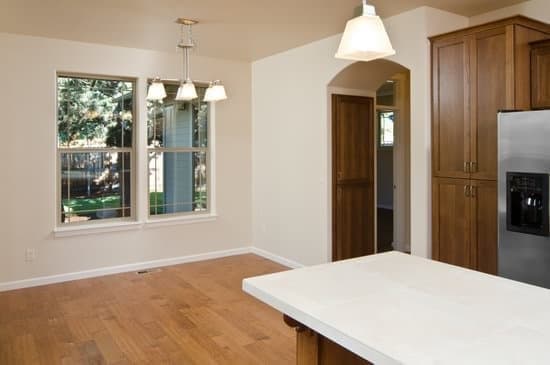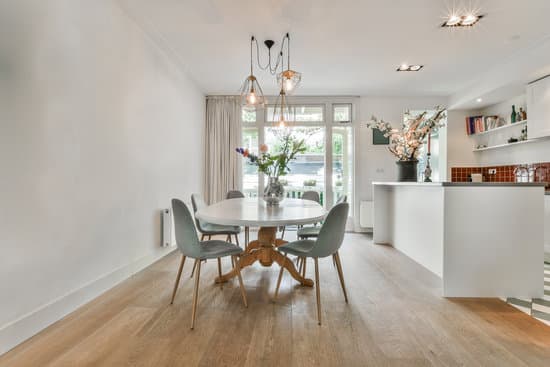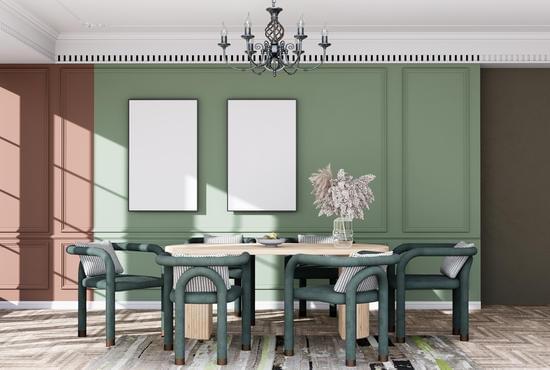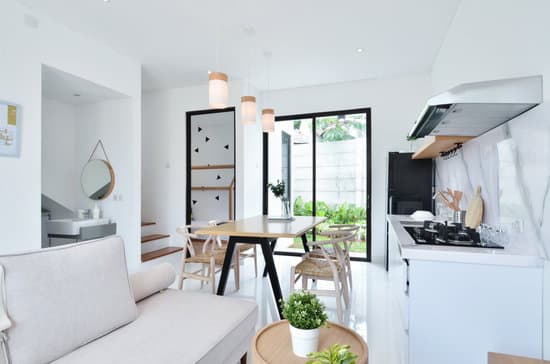Are you tired of searching for the perfect dining room table? Why not take matters into your own hands and create a custom wooden table that fits your style and needs? In this article, we will guide you through the process of making a beautiful dining room table from scratch. With our step-by-step instructions and safety tips, you’ll be able to confidently tackle this DIY project and enjoy the satisfaction of gathering around a table that you built yourself.
Choosing the Right Type of Wood
You should choose the right type of wood for your dining room table. When it comes to wood selection, there are a few tips you should keep in mind. First, consider the durability and strength of the wood. Hardwoods like oak and maple are excellent choices as they can withstand daily use and resist scratches. Additionally, these hardwoods offer a timeless beauty that can enhance the overall aesthetics of your dining room.
Another factor to consider is the grain pattern of the wood. Whether you prefer a smooth and consistent look or a more rustic appearance, different types of wood can provide varying grain patterns. For example, cherry wood offers a rich and distinctive grain pattern, while walnut has a darker tone with beautiful swirls.
Lastly, think about maintenance requirements. Some woods require regular sealing or polishing to maintain their luster, while others are naturally resistant to stains and damage.
By carefully considering these factors, you can select the perfect type of wood for your dining room table that not only looks stunning but also ensures long-lasting safety for you and your family.
Measuring and Cutting the Wood
Start by measuring and cutting the boards to the desired lengths. To ensure accurate measurements, use woodworking tools such as a tape measure, combination square, and marking gauge. Here are some tips and tricks to avoid common mistakes while cutting wood:
- Measure twice, cut once: Double-check your measurements before making any cuts to prevent errors.
- Use a sharp blade: A dull blade can cause rough edges and splintering. Keep your saw blades sharp for clean cuts.
- Secure the wood: Use clamps or a workbench to hold the wood securely in place while cutting to prevent slipping or shifting.
- Safety first: Always wear protective gear like safety glasses and gloves when working with power tools to avoid accidents.
By following these guidelines and using the right tools, you can ensure precise measurements and clean cuts for your wooden dining room table project while prioritizing safety.
Assembling the Tabletop
After measuring and cutting the wood, it’s time to assemble the tabletop. First, make sure to sand and smooth the tabletop pieces to ensure a perfect fit. Use a fine-grit sandpaper to remove any rough edges or imperfections. This step is crucial for achieving a professional-looking finish.
Next, apply a protective finish to the tabletop. This will not only enhance its appearance but also provide long-lasting durability. Choose a finish that suits your style and preferences, such as polyurethane or varnish. Apply several coats, following the manufacturer’s instructions, allowing each coat to dry completely before applying the next one.
Remember, safety should always be your top priority when working with wood. Wear protective goggles and gloves throughout this process to protect yourself from splinters and harmful chemicals in finishes. By taking these precautions and following these steps carefully, you’ll be well on your way to creating a beautiful wooden dining room table that will last for years to come.
Building the Table Legs
Building the table legs involves cutting and shaping the wood to create sturdy supports for the tabletop. Safety is paramount when working with power tools, so remember to wear protective goggles and gloves. Before starting, familiarize yourself with joinery techniques for table legs, such as mortise and tenon joints or dowel joints. These techniques ensure a strong connection between the legs and the tabletop, preventing wobbling or instability. When choosing a style for your table legs, consider how it will impact the overall design of your dining room. Tapered legs give a modern and sleek look, while turned legs add a touch of elegance. Whichever style you choose, make sure it complements the rest of your furniture and creates a cohesive aesthetic in your dining space.
Finishing and Staining the Table
To finish and stain your table, first, you’ll need to sand the surface to create a smooth and even texture. This will ensure that the stain adheres properly to the wood. Start with a coarse-grit sandpaper and gradually move to finer grits for a polished result. Once sanded, wipe away any dust or debris with a clean cloth.
Now it’s time to select the best wood stain for your dining table. Consider factors such as color, durability, and compatibility with the type of wood you’re using. Test the stain on a small area before applying it to the entire table to ensure you achieve the desired color.
To achieve a smooth and professional finish, apply thin coats of stain using long brush strokes in the direction of the wood grain. Allow each coat to dry completely before applying another layer. Finish off with a protective topcoat for added durability.
Remember, always work in a well-ventilated area and wear safety goggles and gloves during this process for your own safety.
Conclusion
Now that you have followed the steps to make a wooden dining room table, you can proudly enjoy your new piece of furniture. By choosing the right type of wood and measuring and cutting it properly, you ensured a sturdy and well-fitted table. Assembling the tabletop and building the legs added the final touches to your creation. Finally, finishing and staining the table gave it a beautiful appearance. Sit back, relax, and admire your handiwork as you dine with family and friends around your homemade dining room table.






